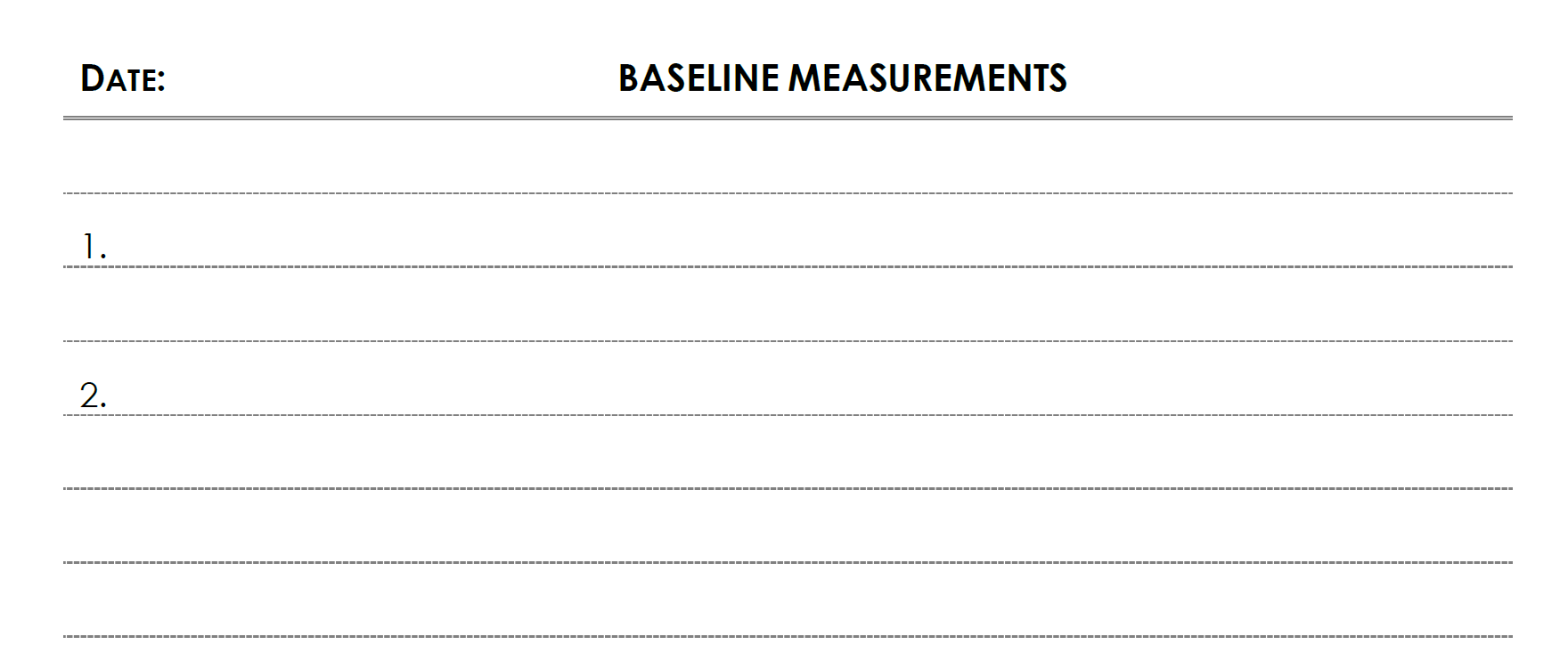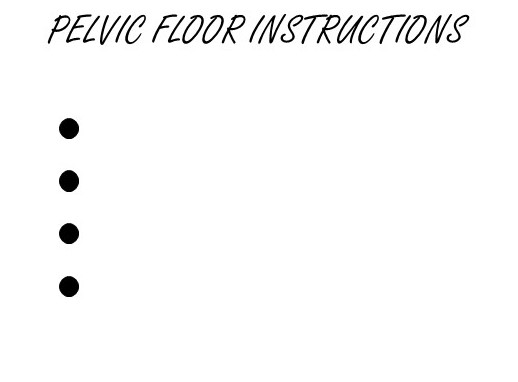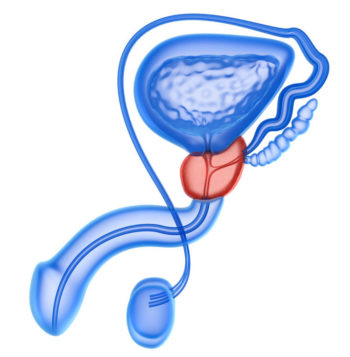
Have you taken your baseline measurements?
For many men experiencing incontinence symptoms, health professionals assisting with your care will often be interested in some specific details to determine the extent of your symptoms and also to track changes over time. These can be extremely useful to those experiencing incontinence symptoms, as changes don’t always occur rapidly and small changes over time can be difficult to recognise without using specific outcome measures to accurately assess changes.
“REMEMBER – once you have urinary incontinence symptoms, it is too late to get baseline measurements!”
What are baseline measurements?
Baseline measurements are a recording of where you are at now (or what is normal for you now), such that you have something to compare to should your situation change. Individuals can vary quite a bit with certain measures and as such it is always good to have some baseline measurements of your own to compare back to. This isn’t always possible for every situation, however if you are about to undergo a procedure like a radical prostatectomy (where post-operative incontinence is quite common) then you should try to record a couple of baseline measurements before having the procedure for reference should you experience incontinence symptoms.
What baseline measurements should I take?
Two (2) of the simplest baseline measurements to record are:
– Urinary voiding frequency; and
– Urinary voiding volume.
Your urologist, doctor or men’s health physiotherapist may also be interested in some other measurements, depending on your circumstances. You should ask them if there are any other relevant baseline measurements to record.
Urinary voiding frequency
This refers to how often in a day you urinate. Sounds simple. You might say well this varies day-to-day depending on a number of factors and you are quite right. In saying this though, most men will roughly void a similar number of times each day. There is quite a bit of variation between men as to how often you urinate, so it is good to know how often you go.
The best way to record this is for a few days, simply record how often you urinate such that you get to know what your urinary voiding frequency is. You may need to carry around a piece of paper or record this on your phone/computer throughout the day, as it is easy to lose count. If you want to go the extra mile, it can be good to know how often you go throughout the night compared to throughout the day.
Urinary voiding volume
This refers to how much urine you pass each time you go to the toilet. Again, this will vary a bit each time you void and can vary enormously between men. Consequently, it is good to get a range of what is normal for you.
Measuring this isn’t completely straight forward. You will need to urinate into a measuring jug to determine how much you pass and then record this amount. You can then tip this into the toilet. Understandably, you are unlikely to be able to do this when you are out and about. The best way to do this is to set-up a measuring jug at home beside the toilet and over the course of a few days when you are at home record your voiding volumes. This way you will hopefully get a range of what normal voiding volumes are for you.
What do I do with these baseline measurements?
Make sure that you record these baseline measurements somewhere that you will be able to locate should you need them. If you have been consulting a men’s health physiotherapist prior to surgery, then let them know. You may not need to refer to them at all, should you not have any post-operative incontinence symptoms. However, quite a few men will experience incontinence symptoms post-operatively and knowing what is normal for them is quite relevant if you end up in this position.



